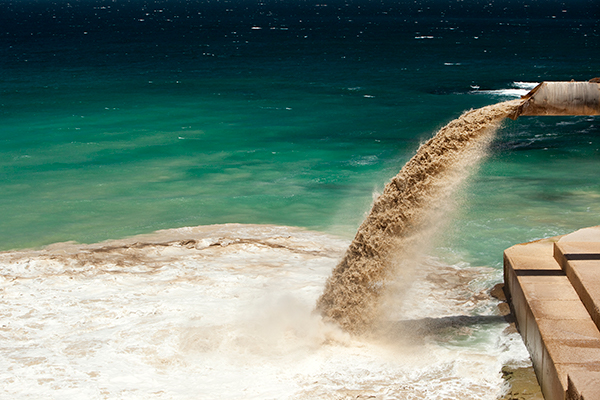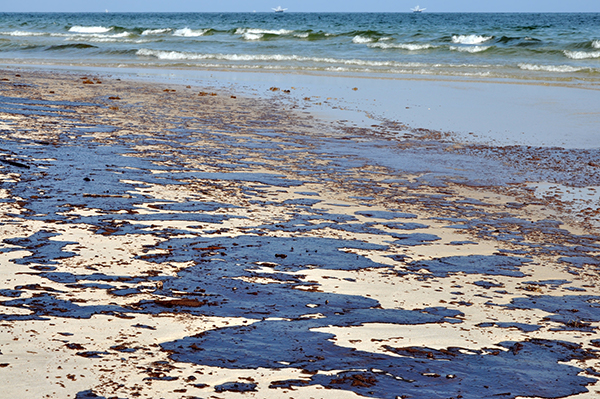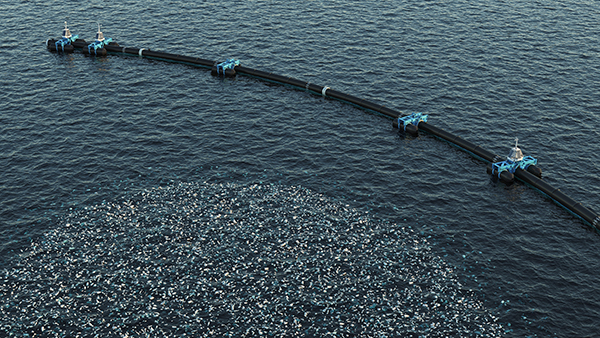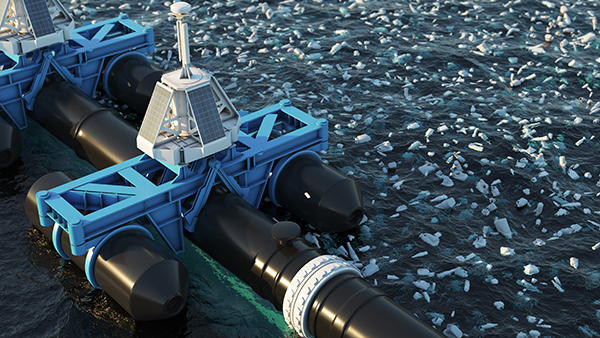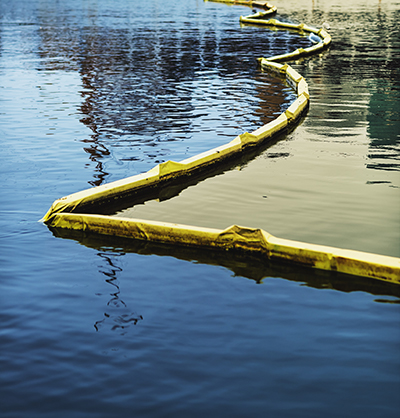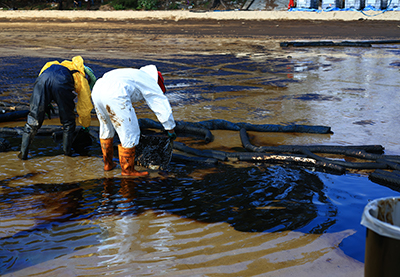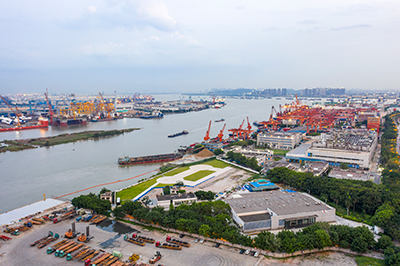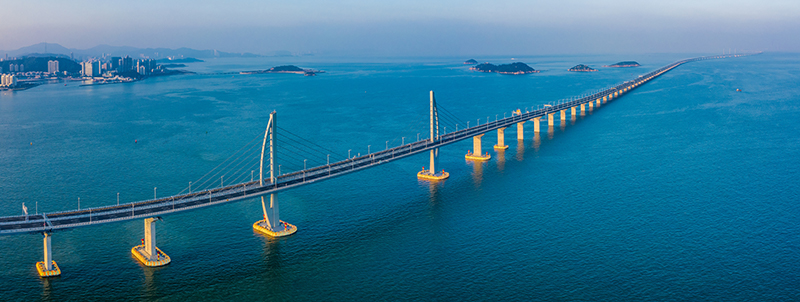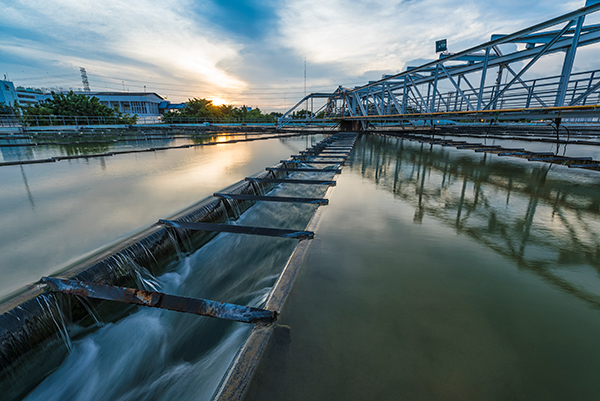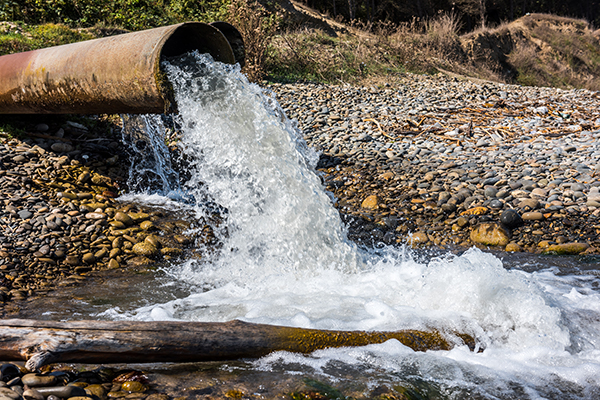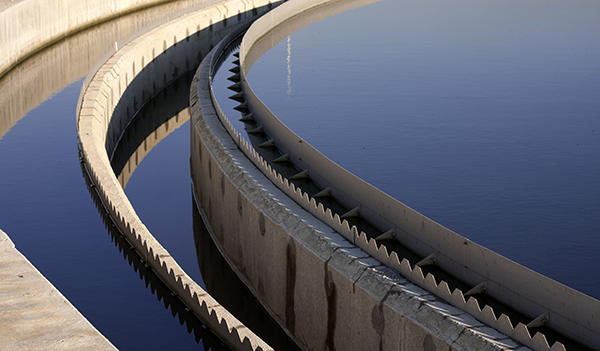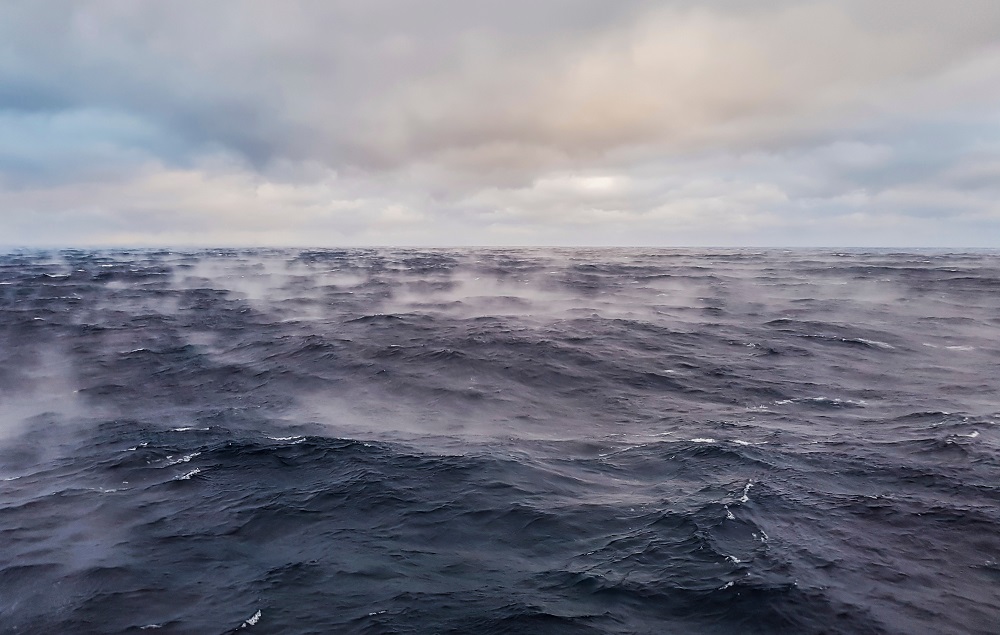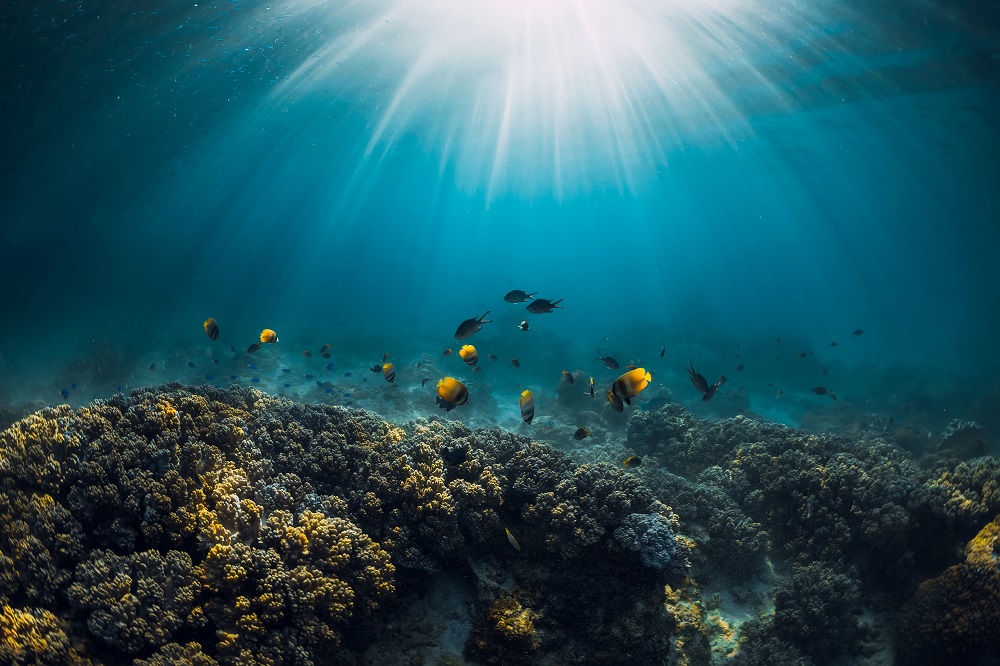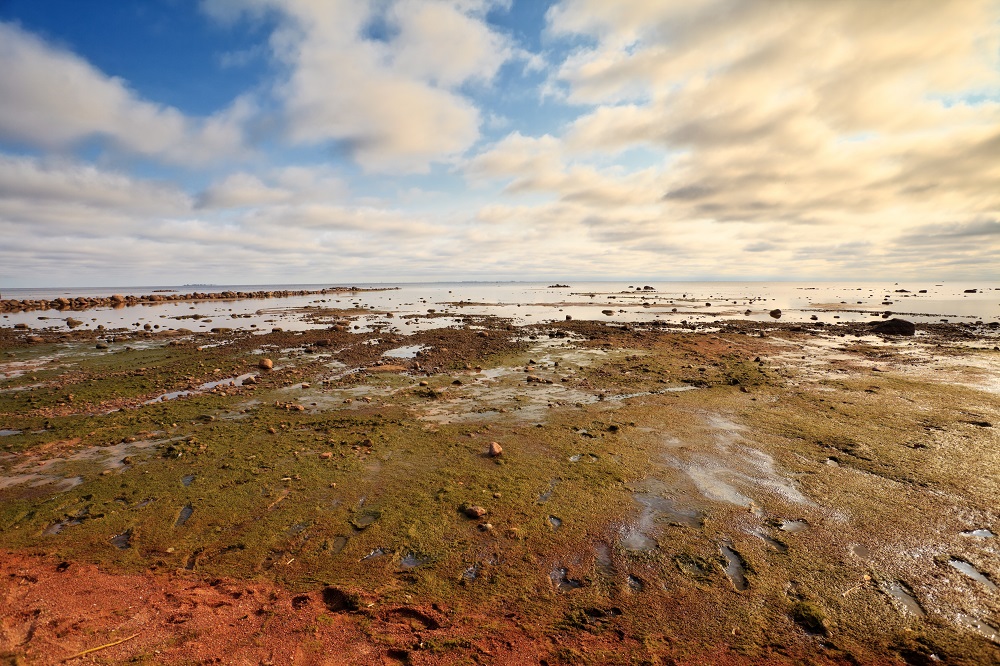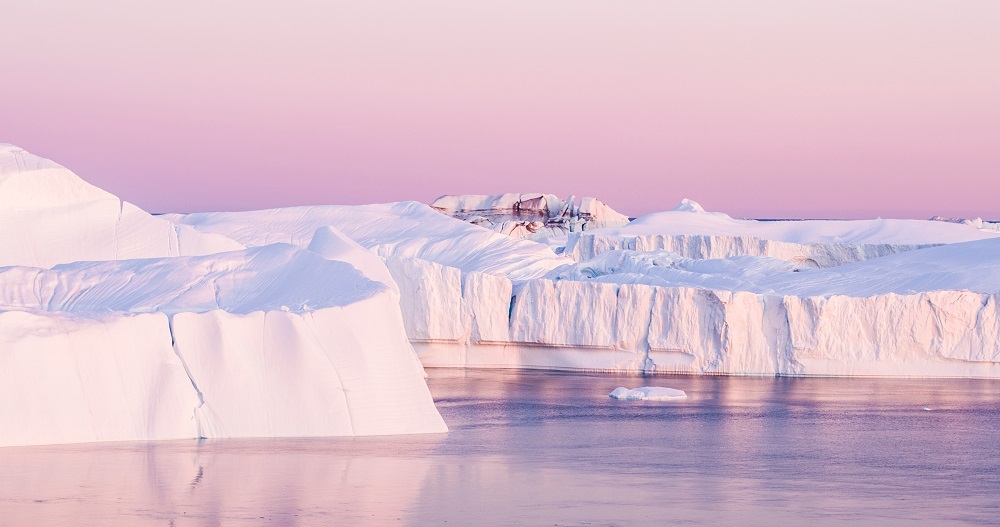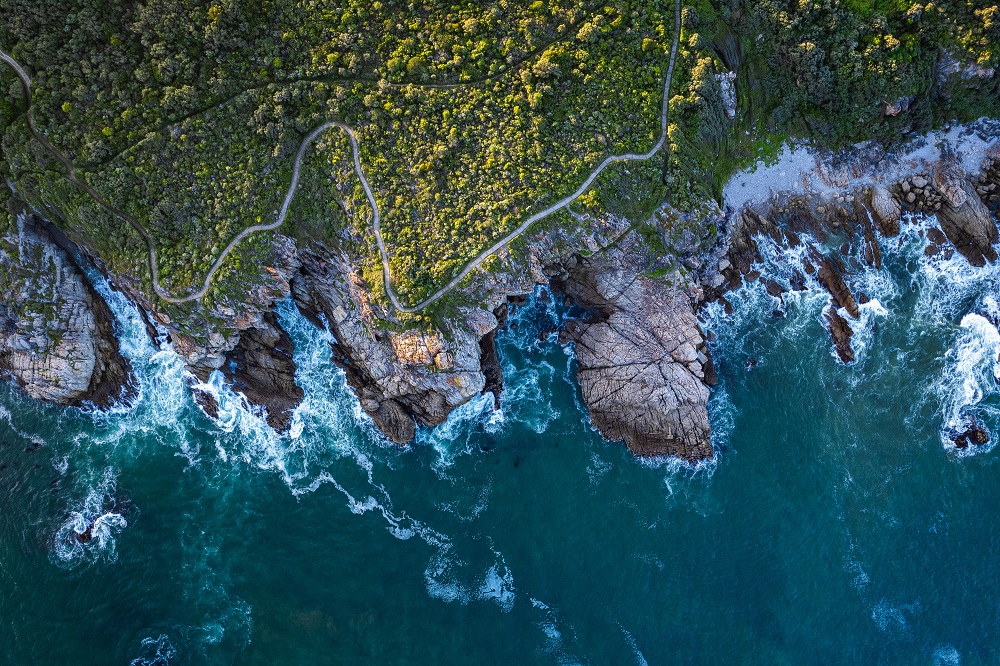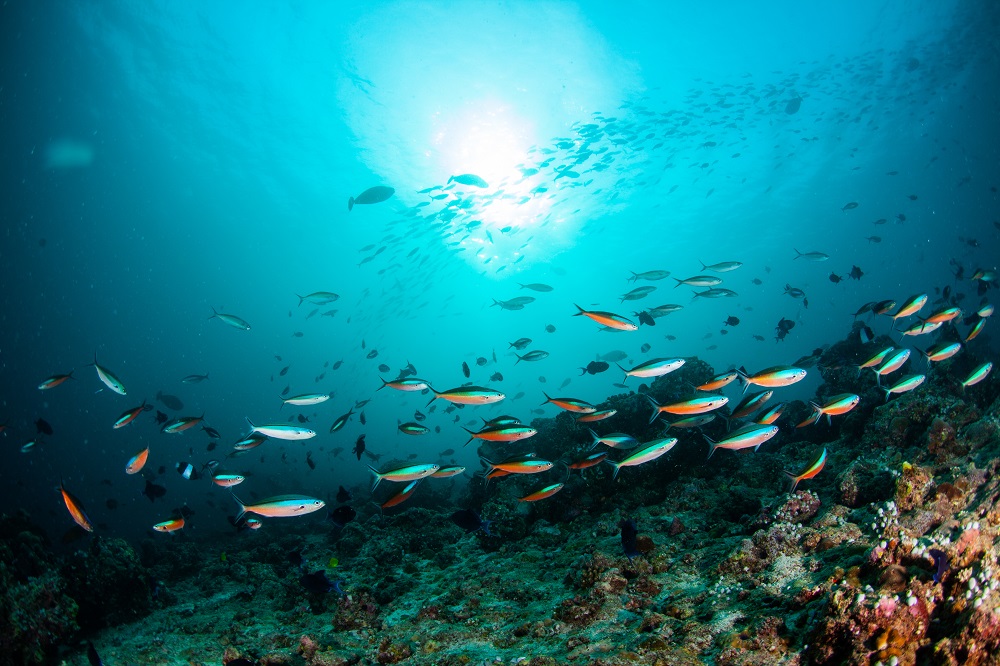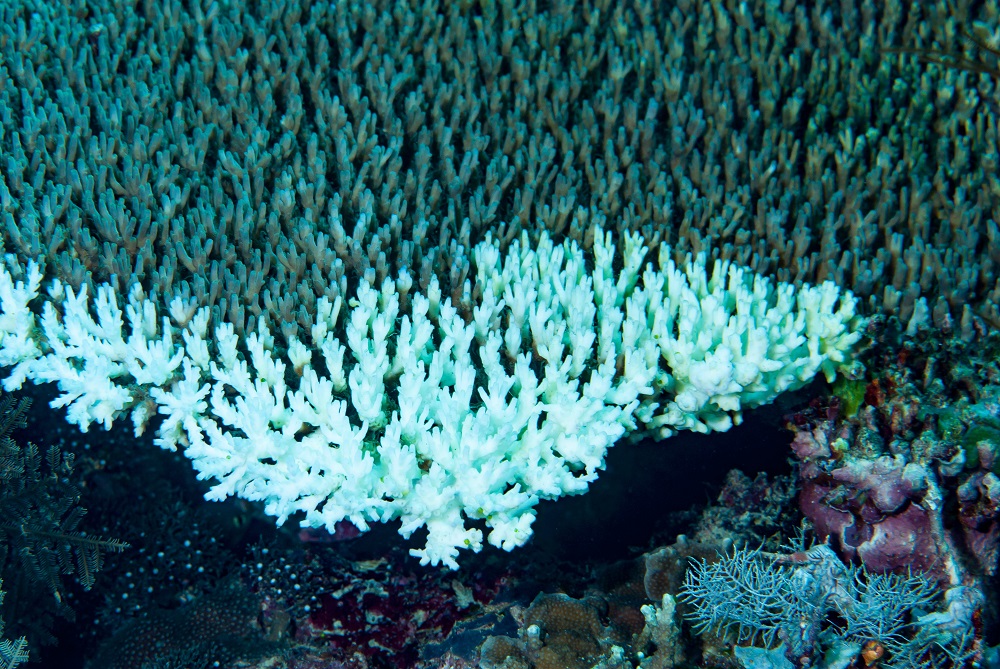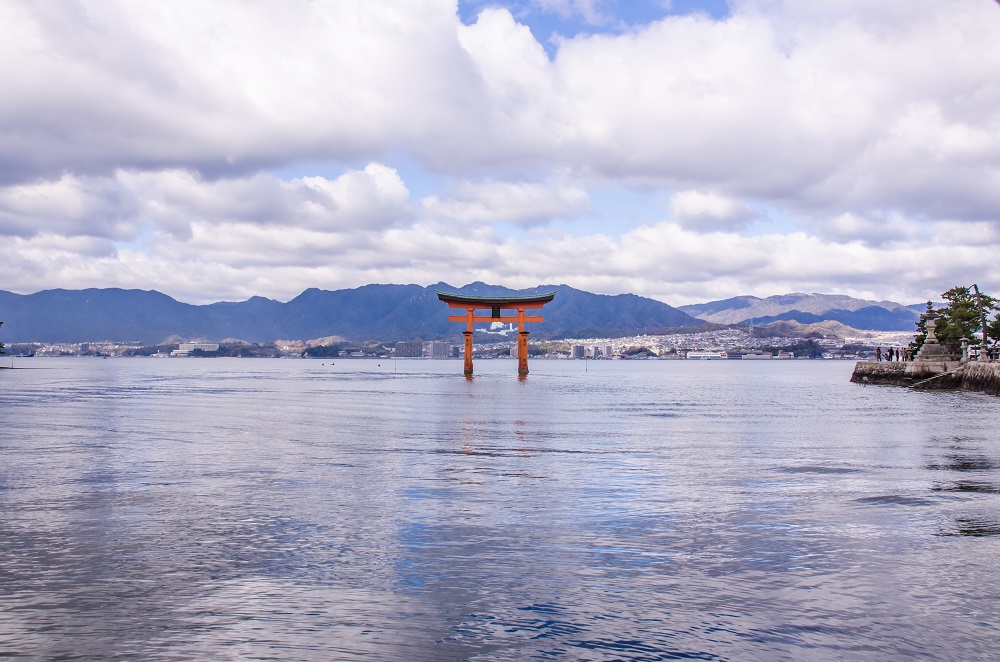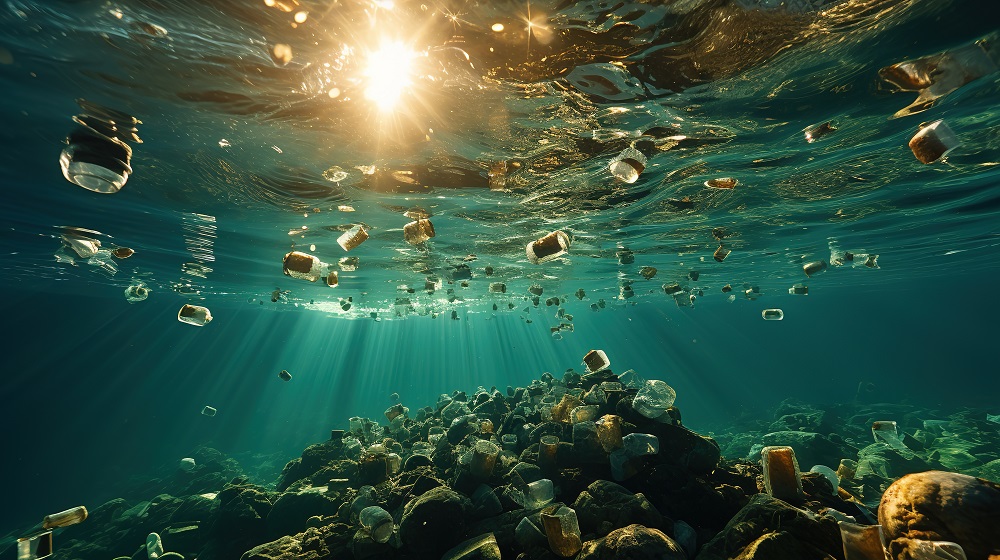It was the return in significant numbers of larger marine animals—dolphins and turtles, for instance—in 2033 to the coastal seas off Hong Kong that gave Dr Hai Mei hope that the measures that had been imposed five years earlier to counter marine chemical pollution were starting to pay off.
Dugongs had not been seen in the area for decades, which was hardly surprising given that their diet of seagrass was impossible to find due to decades of pollution, particularly nitrogen from agricultural runoff.
“That was encouraging, of course—it made me think we might be turning a corner in our efforts to conserve the oceans and seas from manmade pollution,” the marine biologist said. “But what clinched it for me was when we found not one but three breeding pairs of dugongs near the mouth of the Pearl River in 2036. That was when I knew something profound was under way.”
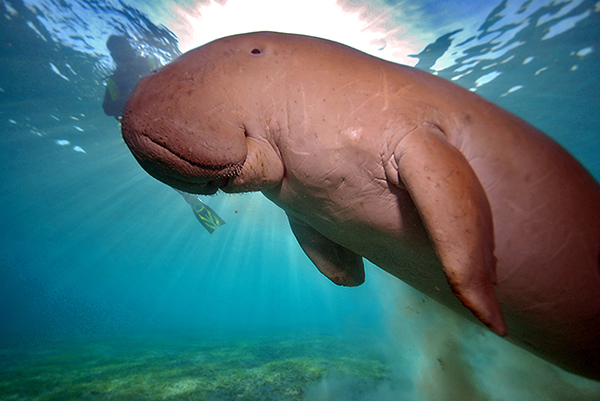
Dugongs had not been seen in the area for decades, which was hardly surprising given that their diet of seagrass was impossible to find due to decades of pollution, particularly nitrogen from agricultural runoff. Their return was a vindication of the world’s most ambitious environmental programme, one that started in China and that then spread throughout South-east Asia and beyond.
That this programme was brought about by necessity makes its success no less remarkable. The Pearl River Delta is one of the most populous parts of the world and, in the early 2020s, was one of the most polluted. But the success of China’s 2013 Air Pollution Prevention and Control Action Plan to cut concentrations of fine particulate matter (PM2.5) —one of a swathe of environment- focused measures brought in nationwide— culminated in a massive project focused on reversing decades of ever-higher marine chemical pollution.
“That was encouraging, of course—it made me think we might be turning a corner in our efforts to conserve the oceans and seas from manmade pollution,”
-Dr Hai Mei
A notable success in China’s rolling five-year plans for pollution control, says Dr Hai, was that by 2035 the country had met its goal of cleaning up nearly all of its waterways, making coastal waters healthier and paving the way for the return of a variety of once-abundant marine species.
Renminbi, regulations, restoration
With access to central government funds, municipalities along the coast of southern China embarked on a huge infrastructure programme in 2028 that tackled key sources of marine chemical pollution, including industrial emissions to air and water, agricultural run-off, domestic wastewater, and municipal waste.
The programme did not stop there. Regulatory measures targeted China’s chemicals industry, which is the world’s largest and mostly state owned, to ensure that its sourcing, production and use of chemicals followed green chemistry principles: being environmentally safe, recyclable and having a low-carbon footprint.
The industry was also ordered to adopt the precautionary principle, which meant it had to prove that the chemicals it made did not harm the environment or human health. (This approach was timely: China’s chemicals industry grabbed market share as manufacturers and customer-facing firms globally could source non-toxic and sustainable products from outside the EU, which had long led in green chemistry.)
Success came fast. By 2038, the seas off China were the cleanest they had been in decades
Also vital, said Dr Hai, were efforts by coastal municipalities to restore important ecological habitats as part of China’s rolling five-year plans to combat pollution. Steps included planting thousands of square kilometres of seagrass beds and mangroves along China’s coast, introducing hundreds of millions of shellfish to filter toxins from the water, and efforts to restore coral communities and wetlands.
Success came fast. By 2038, ten years after the programme began, the seas off China were the cleanest they had been in decades—as clean, even, as those in the EU, which had already improved markedly since the bloc introduced increasingly onerous regulation through the 2010s and 2020s.
A muddier global picture
Elsewhere, though, the story is mixed. In the US, for instance, efforts to counter marine chemical pollution stalled as federal efforts ran up against states’ powers to write their own environmental rules, which often favoured business interests. In addition, the so-called lost decade of the 2020s, when successive US administrations were hamstrung through a lack of control of both legislatures, hampered the battle. As a result, the marine environment in the US has continued to deteriorate and is at the worst in its history.
And while South America, which has had some success, still has far to go before its seas are free of chemical pollutants, it is Africa that remains the outlier and the key worry, with its fast-growing and wealthier population boosting demand for goods. That said, money from China’s Belt and Road Initiative and the EU’s €300bn infrastructure fund has financed important infrastructure projects in municipal waste and wastewater management in populous countries like Nigeria, Kenya and Mozambique.
Indeed, the unexpected success of projects in fields like wastewater treatment and municipal waste in the continent’s two largest cities, Lagos and Kinshasa, have shown what is possible even in places with huge populations and near- zero infrastructure. Though their combined population is nearly 70 million, their state-of- the-art facilities mean they now produce less pollution from wastewater and municipal waste than London.
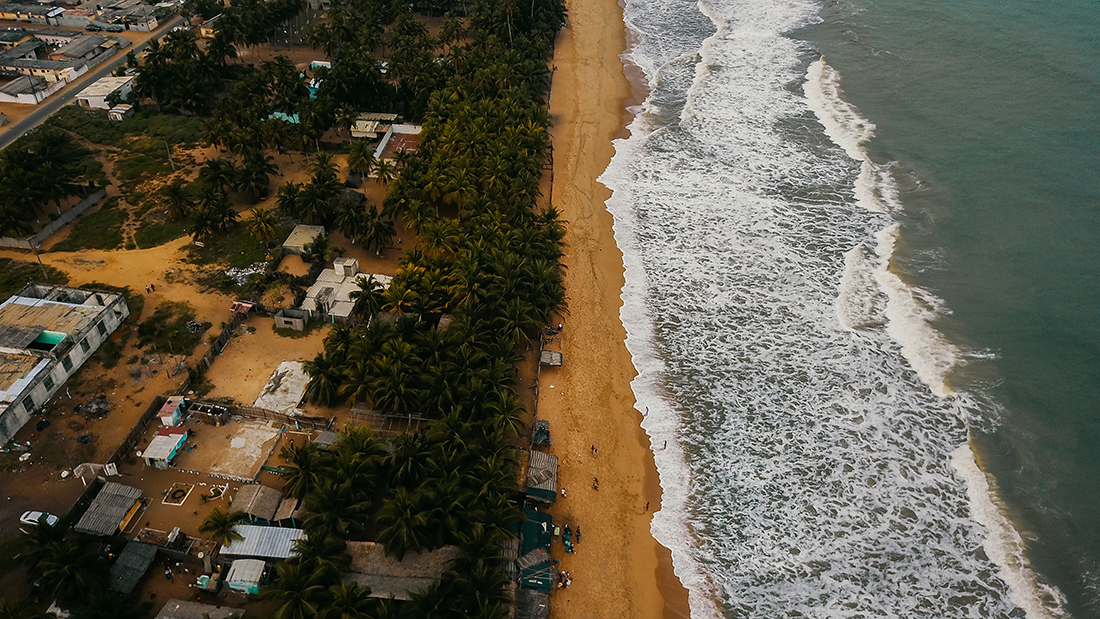
Leading by example
It is Asia, though, that has most impressed. In the first three decades of the century, the continent’s booming population and growing levels of waste made it an unlikely poster child for success in the battle against marine chemical pollution. But the outcomes seen in places like the Pearl River Delta saw those lessons applied elsewhere in Asia, from Thailand and Vietnam to Indonesia and the Philippines, and to many of the small island nations in the Pacific.
In part, this was due to China’s revamp in 2030 of its Belt and Road Initiative to factor in environmental goals. It was also because marine chemical pollution knows no national boundaries, so success required co-ordinated action across the region. As a result, many countries in Asia-Pacific and elsewhere have for over a decade been able to source cheap finance for infrastructure and waste projects. They have also been able to tap funding and expertise from the EU, Japan and Canada, and from the innovative G20 Marine Infrastructure Fund, which sees rich governments underwrite blue loans to poorer nations from private sector providers.
Consequently, hundreds of state-of-the-art plants to treat wastewater and municipal waste have been built across Asia-Pacific, while a range of simultaneous measures have resulted in far lower runoffs of agricultural chemicals like pesticides and fertilisers. Studies show that the runoff of all chemical pollutants into the region’s hydrosphere has halved in a decade, and is expected to reach net zero by 2060.
Action in Asia and elsewhere was also helped by the signing of global treaties that shored up a weak and ineffective global regulatory regime. In this context, two stand out: the 2028 Tokyo Protocol on Marine Chemical Pollution and the 2033 Port Moresby Declaration on Mining Waste, which regulates deep-sea mining and mining waste dumped into the seas.
Another motivator was the UN Decade of Ocean Science, which ran to 2030 and saw collaboration around the world to reverse the decline in ocean health
Another motivator was the UN Decade of Ocean Science for Sustainable Development, which ran to 2030 and saw collaboration around the world on generating science-based solutions to reverse the decline of ocean health. Among its successes was the reduction in coastal pollution in many major estuaries worldwide, including of the Hudson-Raritan Estuary south of New York, which at the turn of the century was ranked as one of the world’s most polluted.
Perhaps most surprising, says Professor Cordelia Marino, an expert on international environmental law at South Africa’s University of the Witwatersrand, was the success in the 2020s of court action against major chemicals companies in the EU and other wealthy nations. In many ways that started in 2021 when a Dutch court ordered oil and gas major Royal Dutch Shell to accelerate its targets to reduce its carbon emissions.
Buoyed by this success, which was built on environmental and human rights arguments, pro-environment lawyers filed cases in numerous countries against other oil and gas majors, vehicle manufacturers (back then, almost all cars used combustion engines that burned petrol or diesel), banks and financial regulators.
Given that many of the biggest chemical producers were also oil and gas majors, it was not long before they appeared as defendants. After losing a string of cases, the industry was forced to transition far faster to a sustainable future.
Inevitably, not all were successful. Among the corporate casualties were some manufacturers of the particularly toxic PFAS , known as “forever chemicals”, which were driven to the wall by huge clean-up costs and legal liabilities that far exceeded those levied on Big Tobacco decades earlier. As pension funds and other asset managers belatedly adjusted their portfolios to factor in marine chemical pollution, the chemicals industry’s financiers were compelled to do the same.
Although the global battle against marine chemical pollution has not been won yet, the world is clearly on the right track. The approach of funding, regulation and knowledge-sharing, underpinned by the political realisation that action was vital for the planet, has reversed what looked to some in the 2020s to be an impending catastrophe.
Although the global battle against marine chemical pollution has not been won yet, the world is clearly on the right track.
For marine biologist Dr Hai (who won this year’s “Nobel for the Environment”, the Gore-Thunberg Medal), the outcome is more than she could have dreamed of when she graduated in 2025. Back then, a world free of marine chemical pollution seemed impossible. Now it is within sight. For proof of that, you need look only as far as the Pearl River Delta: today there are 42 breeding pairs of dugongs, says Dr Hai, with that number expected to reach more than 100 by 2050.
READ THE FULL REPORT

Chemical pollution – of land, air, rivers, watersheds – has been a festering issue for decades, occasionally prompting resolute action. But only recently has the scale of chemical pollution become more apparent. Read the full report here.
WATCH THE VIDEO

Hear from the experts about the deterioration of our marine environments, and the need to shift to safer, greener chemicals production – and more responsible useage and disposal. Watch the video here.
EXPLORE THE INFOGRAPHIC

Visualize the causes of chemical pollution, its impacts, and the key steps needed to clean up the sector and, through innovation, to make chemicals an active contributor to a cleaner 21st century economy. Access the infographic here.
LEARN MORE ABOUT THE DATA

Our immersive data story guides readers through the latest science and evidence on the interactions between chemicals with marine environments – and the steps needed to tackle the problem before it is too late. Learn more about the data here.
Back to Blue is an initiative of Economist Impact and The Nippon Foundation
Back to Blue explores evidence-based approaches and solutions to the pressing issues faced by the ocean, to restoring ocean health and promoting sustainability. Sign up to our monthly Back to Blue newsletter to keep updated with the latest news, research and events from Back to Blue and Economist Impact.
The Economist Group is a global organisation and operates a strict privacy policy around the world.
Please see our privacy policy here.
THANK YOU
Thank you for your interest in Back to Blue, please feel free to explore our content.
CONTACT THE BACK TO BLUE TEAM
If you would like to co-design the Back to Blue roadmap or have feedback on content, events, editorial or media-related feedback, please fill out the form below. Thank you.
The Economist Group is a global organisation and operates a strict privacy policy around the world.
Please see our privacy policy here.




 World Ocean Summit & Expo
2025
World Ocean Summit & Expo
2025 UNOC
UNOC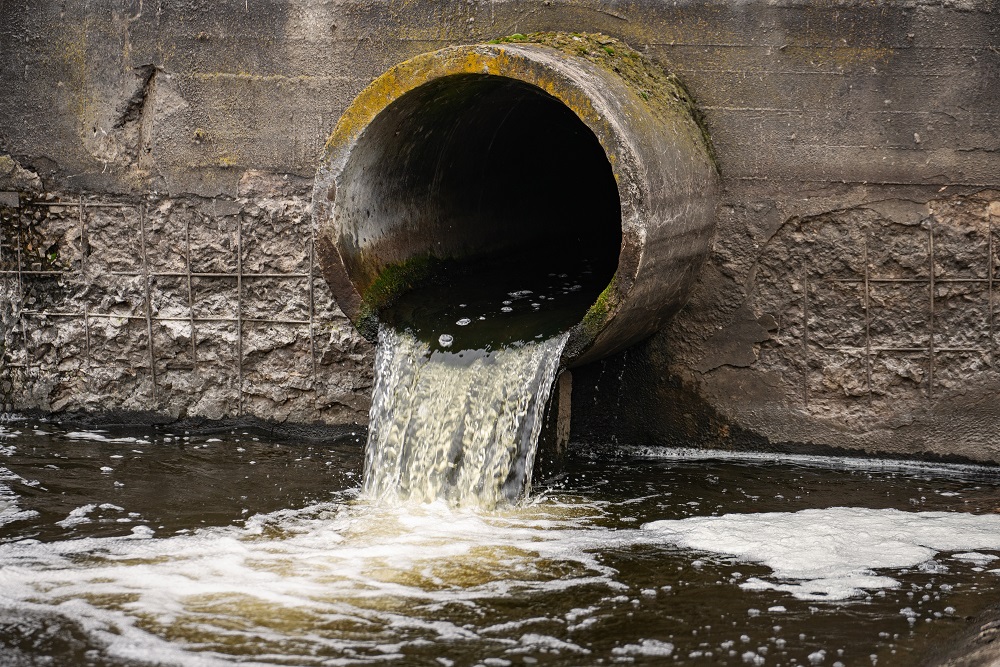 Sewage and wastewater pollution 101
Sewage and wastewater pollution 101 Slowing
the chemical tide: safeguarding human and ocean health amid
chemical pollution
Slowing
the chemical tide: safeguarding human and ocean health amid
chemical pollution Hazardous chemicals in plastics - the discussions at INC
Hazardous chemicals in plastics - the discussions at INC







